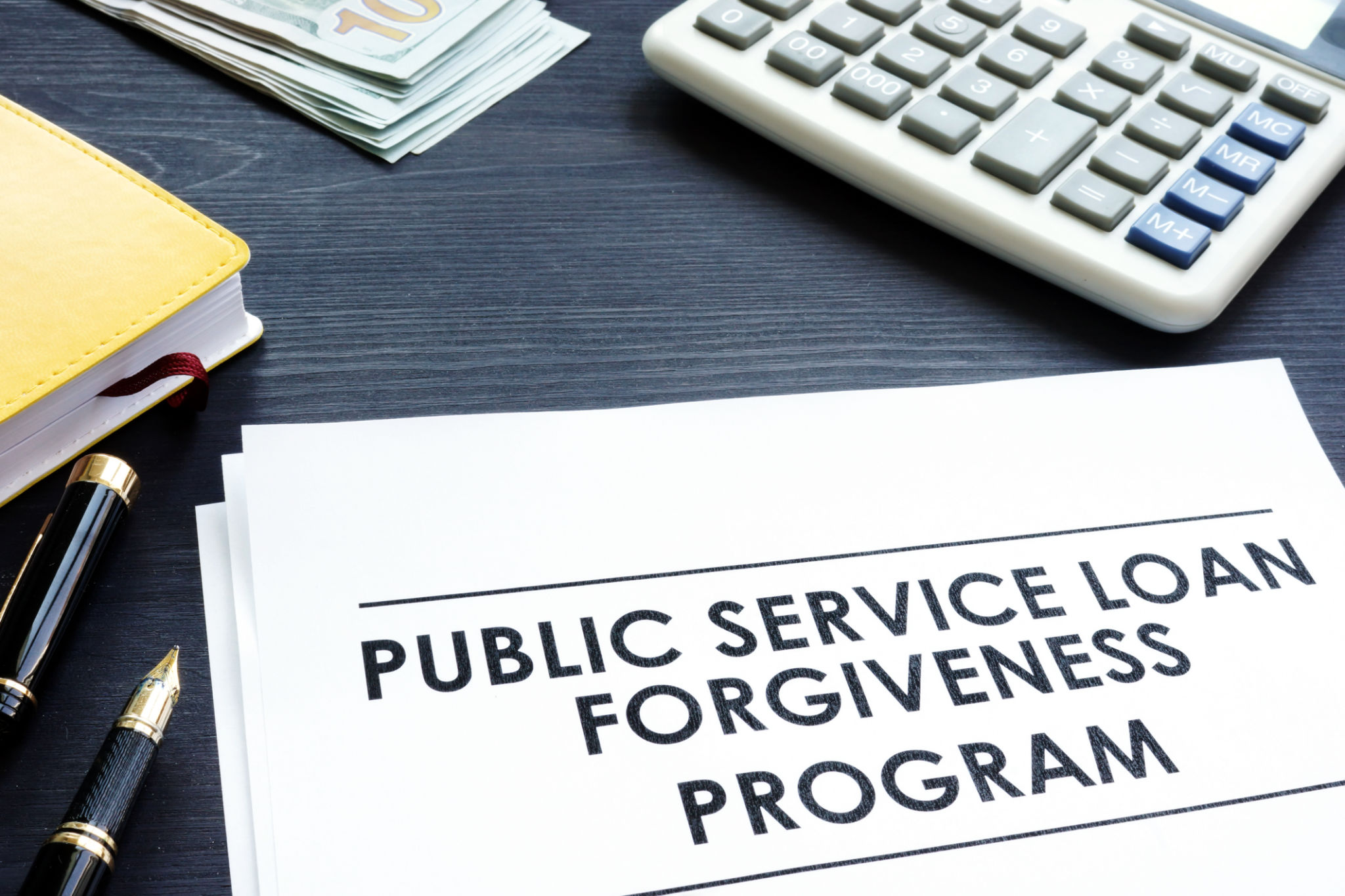Five Common Misconceptions About Federal Student Loan Repayment
Understanding Federal Student Loan Repayment
Federal student loans offer a lifeline to students pursuing higher education. However, when it comes to repayment, there's often confusion and misinformation. Let's clear up five common misconceptions about federal student loan repayment.
Misconception 1: You Can't Adjust Your Repayment Plan
Many borrowers believe that once they choose a repayment plan, they're locked in for the duration of their loan. This is not true. The U.S. Department of Education offers several repayment plans that can be adjusted based on your financial situation. Plans like Income-Driven Repayment (IDR) allow you to tailor your monthly payments according to your income and family size.
It's crucial to regularly review your financial situation and adjust your repayment plan if necessary. Doing so can help ensure that your payments remain manageable and aligned with your current financial status.

Misconception 2: Interest Stops Accruing During Deferment
Another common misconception is that interest stops accruing during deferment periods. While deferment allows you to temporarily pause payments, interest often continues to accumulate on unsubsidized federal loans. This means that when deferment ends, the amount you owe could be significantly higher.
Understanding the terms of deferment is essential. If possible, consider making interest-only payments during this period to prevent your balance from growing.
Misconception 3: You Must Pay Off Your Loan Before Qualifying for Forgiveness
Some borrowers think they need to pay off their loans before becoming eligible for forgiveness programs. This is not the case. Programs like Public Service Loan Forgiveness (PSLF) offer forgiveness after a set number of qualifying payments, regardless of whether you have paid off your loan in full.
To qualify for forgiveness, ensure that you're enrolled in an eligible repayment plan and working in a qualifying job. Staying informed about the requirements can help you take advantage of these beneficial programs.

Misconception 4: Defaulting on a Loan Is the End of the Road
Defaulting on a federal student loan is a serious issue, but it doesn't mean you're out of options. The Department of Education provides several ways to get back on track, including loan rehabilitation and consolidation.
Loan rehabilitation involves making a series of agreed-upon payments, which can remove the default status from your credit report. Meanwhile, consolidation might offer a fresh start by combining loans into one payment.
Misconception 5: You Can't Make Extra Payments
Some borrowers mistakenly believe they're restricted from making extra payments or paying off their loans early. In reality, federal student loans do not have prepayment penalties, so you're free to make additional payments anytime.
If you find yourself with extra funds, consider applying them towards your principal balance. Doing so can reduce the total interest paid over the life of the loan and shorten the repayment period.

Conclusion
Understanding these common misconceptions about federal student loan repayment can help you manage your debt more effectively. By staying informed and proactive, you can navigate the repayment process with confidence and ease. Always explore available options and seek guidance when needed to ensure you're making the best decisions for your financial future.